
- Subject:
- Biology
- Life Science
- Material Type:
- Unit of Study
- Provider:
- Rice University
- Provider Set:
- OpenStax College

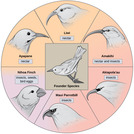
By the end of this section, you will be able to:Define species and describe how species are identified as differentDescribe genetic variables that lead to speciationIdentify prezygotic and postzygotic reproductive barriersExplain allopatric and sympatric speciationDescribe adaptive radiation

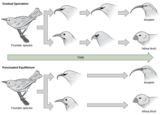
By the end of this section, you will be able to:Describe pathways of species evolution in hybrid zonesExplain the two major theories on rates of speciation
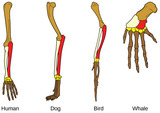
By the end of this section, you will be able to:Describe how the present-day theory of evolution was developedDefine adaptationExplain convergent and divergent evolutionDescribe homologous and vestigial structuresDiscuss misconceptions about the theory of evolution
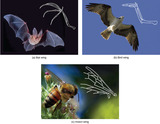
By the end of this section, you will be able to:Compare homologous and analogous traitsDiscuss the purpose of cladisticsDescribe maximum parsimony


By the end of this section, you will be able to:Discuss the need for a comprehensive classification systemList the different levels of the taxonomic classification systemDescribe how systematics and taxonomy relate to phylogenyDiscuss the components and purpose of a phylogenetic tree

By the end of this section, you will be able to:Describe horizontal gene transferIllustrate how prokaryotes and eukaryotes transfer genes horizontallyIdentify the web and ring models of phylogenetic relationships and describe how they differ from the original phylogenetic tree concept
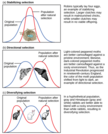
By the end of this section, you will be able to:Explain the different ways natural selection can shape populationsDescribe how these different forces can lead to different outcomes in terms of the population variation

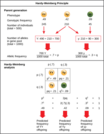
By the end of this section, you will be able to:Define population genetics and describe how population genetics is used in the study of the evolution of populationsDefine the Hardy-Weinberg principle and discuss its importance
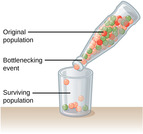
By the end of this section, you will be able to:Describe the different types of variation in a populationExplain why only heritable variation can be acted upon by natural selectionDescribe genetic drift and the bottleneck effectExplain how each evolutionary force can influence the allele frequencies of a population

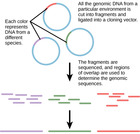
By the end of this section, you will be able to:Explain pharmacogenomicsDefine polygenic

By the end of this section, you will be able to:Describe gel electrophoresisExplain molecular and reproductive cloningDescribe uses of biotechnology in medicine and agriculture
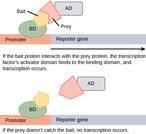
By the end of this section, you will be able to:Explain systems biologyDescribe a proteomeDefine protein signature

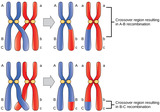
By the end of this section, you will be able to:Define genomicsDescribe genetic and physical mapsDescribe genomic mapping methods
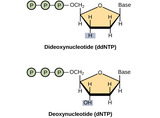
By the end of this section, you will be able to:Describe three types of sequencingDefine whole-genome sequencing